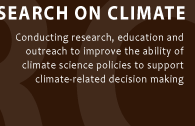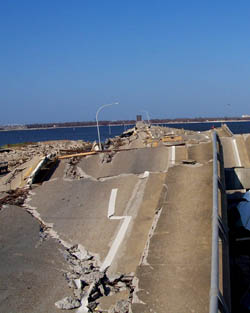

RESPONDING TO THE PROBLEM: |
|
The costs of future disasters are projected to increase due to more frequent and intense extreme events such as storms and floods. But this is only explains part of expected growth in disaster losses. Damage from extreme events is largely determined by patterns of human development, e.g. the trillions of dollars’ worth of beachfront housing and infrastructure. Development involves choices made every day in regions that experience extreme events, and these choices influence the nature of future disasters. If policy makers wish to address the escalating costs of disasters then it is important to understand how alternative actions will influence future damages. Policy debates on climate change tend to focus on energy policies, but increasingly acknowledge that adaptation must also be a part of the discussion, especially with regard to disasters. In one application of this concept, we examined the sensitivity of future losses to changes in climate and changes in patterns of future development. Instead of predicting changes in climate, development, or future disaster losses, we assessed what factors are likely to be most responsible for any potential changes in those phenomena across a wide range of assumptions. We hoped to enable decision makers to identify beneficial policy actions despite uncertainties. |
 |
Our research found that, under any plausible scenario of climate change, the most important factors in the growing costs of disasters are patterns of development – what people build, and where. Studies indicate that for every dollar in damages in 2000, we should expect $4.60 in damages in 2050, or an increase of $3.60. Half of this increase is due to development, whereas only a sixth is directly due to the most serious projected changes in climate. The overwhelming importance of societal change in driving future losses is consistent across all scenarios of climate change, development, and damage projections. Thus any research program intended to address the problem of escalating disaster losses should address and inform the problems of social change and coastal development, and not just the physical impacts of a changing climate. This suggests that science policy decision makers should revise their definition of the problem, and the associated research priorities in order to address what most contributes to the problem. |
|